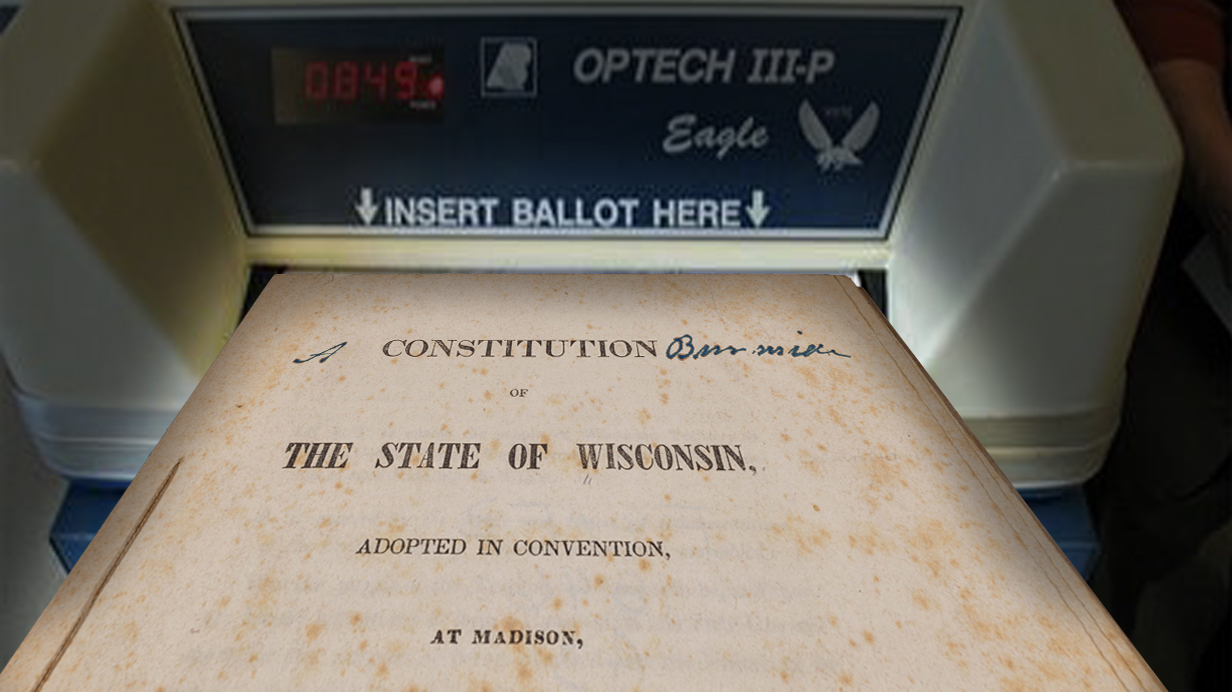 [bctt tweet=”Doom-and-gloom predictions by opponents of prevailing wage repeal haven’t come true. In fact, wages are up and construction job growth continues to be strong. Read more by John Mielke of @ABCofWisconsin.” username=”MacIverWisc”]
[bctt tweet=”Doom-and-gloom predictions by opponents of prevailing wage repeal haven’t come true. In fact, wages are up and construction job growth continues to be strong. Read more by John Mielke of @ABCofWisconsin.” username=”MacIverWisc”]
April 22, 2019
Special Guest Perspective by John Mielke
This column originally ran in the Daily Reporter.
There’s an old quote that says, “The historian is a prophet looking backwards.”
Legislation is oftentimes subject to predictions. Although I’m not a historian, I like to examine the effects of legislation, especially when it pertains to our industry.
Our members pushed for repeal because they believe in free and open competition; a far cry from the 1930s burdensome mandates that came with prevailing wage.
One such measure I’m watching is the repeal of prevailing wage and the effect that’s having on our industry. As you may know, the Associated Builders & Contractors of Wisconsin advocated strongly for the repeal of this arcane and archaic system for many years. We were finally successful in 2016, thanks to common-sense legislation. Our members pushed for repeal because they believe in free and open competition; a far cry from the 1930s burdensome mandates that came with prevailing wage.
The critics of prevailing-wage repeal, meanwhile, provided many dire and fear-packed predictions. They said repeal would lead to fewer apprenticeships, lower wages, fewer jobs and more out-of-state contractors and their workers taking jobs from Wisconsin construction workers. Although history will show whether these dire predictions come to fruition, there is some early indications that they will not.
What is happening with wages? We have evidence that wages for construction workers continue to climb. According to the U.S. Bureau of Labor Statistics, wages for construction workers in Wisconsin increased 4.4% in 2018. Also, it appears every union contract signed since prevailing wage was repealed included a wage increase. Additionally, merit-shop contractors are increasing their wage and benefit packages significantly to retain workers. Wages are going anywhere but down, especially in an industry hit hard with labor shortages.
According to the BLS, wages for construction workers in Wisconsin increased 4.4% in 2018. Also, it appears every union contract signed since prevailing wage was repealed included a wage increase.
What is happening with construction apprenticeships? Some of the literature cited by repeal opponents warned that apprenticeship training would fall by 30 to 50 percent. The reality is that construction apprenticeship enrollment in Wisconsin is at a 10-year high. Repeal would lead to fewer jobs for Wisconsin construction workers, they said.
What is happening with jobs in construction? According to a January 2018 press release from the Wisconsin Department of Workforce Development, Wisconsin added 8,500 construction jobs from December 2017 to December 2018. The unemployment rate has fallen from its peak of 9.2% in January 2010 to 3% or less for the past 11 straight months.
According to the U.S. Bureau of Labor Statistics, Wisconsin’s construction unemployment continues to significantly outperform that of neighboring states. Many labor halls report being at full employment. Rather than a lack of jobs, the industry’s biggest concern is finding enough workers to fill open positions.
What is happening with out-of-state contractors? A quick review of WisDOT bid lettings from 2017 to 2018 clearly shows a vast majority of contracts being awarded to Wisconsin contractors and few (no more than pre-repeal) projects being awarded to out-of-state contractors. It should be noted that rather than the repeal attracting bidders from the south,
Wisconsin seems to have a shortage of competition. In the December letting, the $126 million I-39 project (just north of the Illinois border) attracted only one bid from a joint venture of Wisconsin-based companies.
In other words, none of the predictions came true. I am willing to admit that this is because we have a strong economy. I also invite critics of repeal to admit the same. We have strong construction performance even with the repeal of prevailing wage.
So, now that our construction economy is performing better than ever and better than neighboring states’, critics will most likely dismiss the facts. Had the facts been different, critics would have been quick to cite them as evidence that their dire predictions were correct. You can’t have it both ways.
At least the facts to this point show that the critics’ dire predictions were far from accurate.
John Mielke is president of the Associated Builders and Contractors of Wisconsin.




